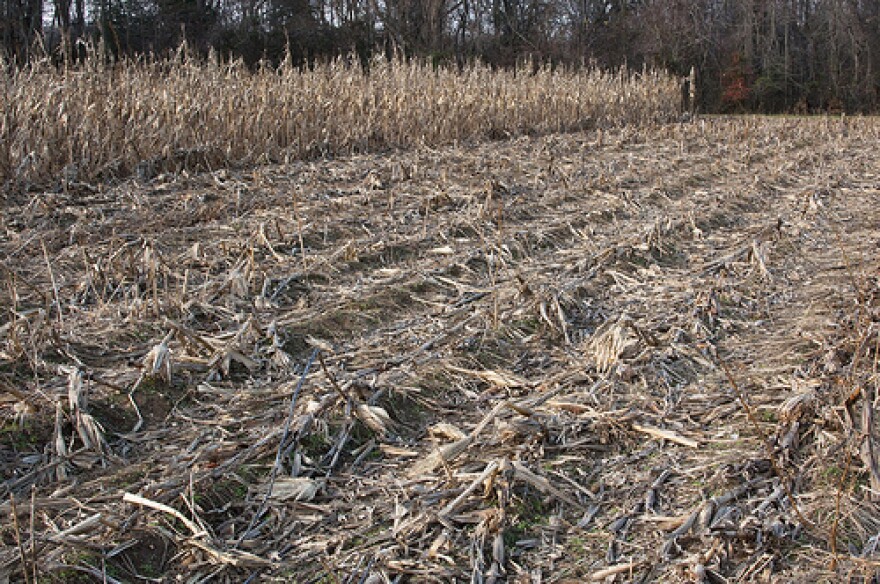Traditional American Indian cropping could be the key to a more sustainable agricultural system RIT students have heard.
The university’s Native Innovation day had a focus on what’s called the ‘three-sister system’ which some scientists believe can decrease soil erosion and protect soil nutrients.
The ‘three-sister method’ used by the Iroquois people involves growing three crops; corn, beans and squash together in the same field.
Associate professor in Cornell University’s agriculture program Jane Mt. Pleasant, says tilling, or ploughing, increases soil erosion and lowers the amount of nutrients for plants to feed on in the soil.
And it’s the no-till part of the’ three-sister system’ that could have implications for a more sustainable modern cropping method.
“This system has a lot of principles that we can use in thinking about sustainable agricultural systems today. One of the primary things is actually that it was done without tillage. We recognize that tillage, even though it does lots of good things, it also is enormously destructive of our soil resource.”
She also says, although most farmers plant crops separately today, research shows that a multi-cropping method with certain seeds grown together has outperformed mono-crops in some instances.
Mt. Pleasant says the modern agricultural sector could learn a lot about the sustainability of natural resources from practices in Native American culture.


